Anatomy and Mechanics
There is a lot of attention paid to the ‘core’ muscles when participating in rehabilitation and fitness programs. A common analogy is drawn between the core resembling a cylinder, or a can of soft drink. In this analogy, the deep abdominal muscles (transverse abdominis) create the cylindrical walls, the pelvic floor resembles the base of the cylinder, and the diaphragm represents the roof.
The diaphragm is a dome shaped muscle that separates the chest from the abdominal contents. It starts from the bottom point of the sternum, and attaches to the surface of the lower six ribs. It is large and powerful and therefore is the primary muscle responsible for breathing. When you breathe in, the diaphragm contracts, and descends towards the abdominal cavity. This is like a piston, and creates a pressure that allows the ribs to expand consequently filling the lungs with air. If you have the opportunity to observe how a baby breathes – then I recommend doing so. A baby will breath correctly using the diaphragm from the moment they were born, as opposed to the majority of adults whom breathe up into the chest.
There are also muscles located around the neck, referred to as ‘accessory muscles of breathing’. These muscles are named the scalenes, and the sternocleidomastoid. Both of these muscles begin in the neck, and then attach to the rib cage, and therefore can contract and be responsible for elevating the ribs. These muscles become heavily involved when you are required to take long and deep breathes in– think at the end of a 100m sprint. The picture below shows the location of both the above mentioned muscles.
If you are failing to use the diaphragm correctly to breathe, then these accessory muscles situated in the neck will take up the slack and become over active. You can continually receive treatment to have manual therapy or dry needling to these muscles, however if you don’t address the potential cause then they will continually become over active again. If you have chronic neck pain, shoulder tension, or suffer from headaches then you may be a candidate for an assessment and treatment of the way you breathe!
The diaphragms role in core stability
Ultimately, the role of the core is to help support and stabilize the spine. An influential study was performed in Queensland in 1996 that demonstrated the transverse abdominus (deep stomach core muscle) was delayed in those with chronic low back pain, and therefore it was hypothesized that core muscle training should emphasize correct activation of this muscle. However, in the very same study, results showed that the diaphragm was also required to activate to stabilize the spine prior to any limb movement. It has taken the backseat in fitness programs when targeting the core; instead the transverse abdominus received all the attention. It is the descending action of the diaphragm in the abdominal cavity, which aids in spinal stability by pressuring the core.
Interestingly, a study aimed to evaluate the breathing pattern in those with chronic low back pain compared to those without back pain during tasks that challenged the core musculature. Their results indicated that more than half of people with chronic low back pain exhibit altered breathing patterns during exercises that challenge the trunk stability muscles, highlighting the need for correct function of the diaphragm for core stability
Other benefits of correct diaphragmatic breathing
- Increased oxygen delivery to muscles
- Increased sporting and athletic performance
- Decreased breathlessness
- Improved mobility
- Improves headaches
- Aids anxiety
- Improves posture
- Improved sleep
If you wish to have your breathing mechanics assessed and learn appropriate strategies to ensure you are breathing using your diaphragm, request an appointment with one of our physiotherapists.
Michael Dawson
Physiotherapist
- Increased oxygen delivery to muscles
- Increased sporting and athletic performance
- Decreased breathlessness
- Improved mobility
- Improves headaches
- Aids anxiety
- Improves posture
- Improved sleep
Let's get started — How can we help?
Physiotherapy
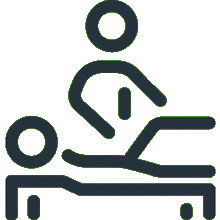
Chiropractic
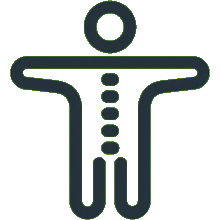
Podiatry
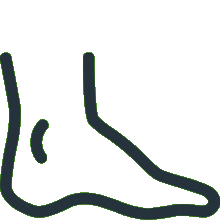
Massage Therapy
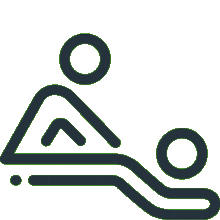
Women's Health Physiotherapy
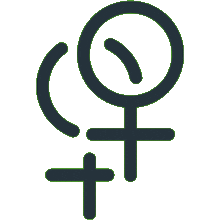
Running Program Tailored To Your Goals
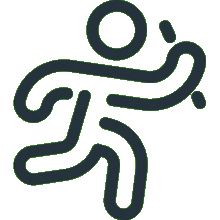
Joint Mobilisation
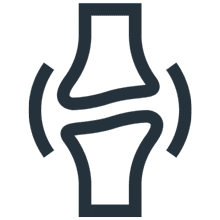
Active Release Technique
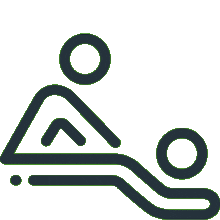
Exercise Prescription
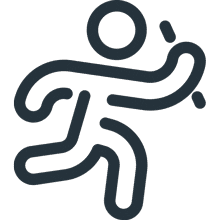
Real Time Ultrasound Imaging
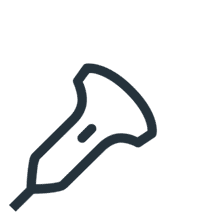
Spinal Manipulation
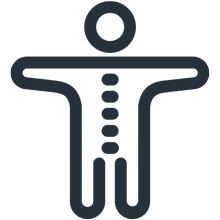
Functional Movement Screen
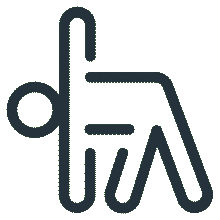
Knee Pain Treatment

Hamstring Strain Treatment
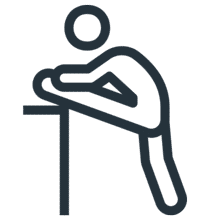
Hip Pain Treatment

Upper, Middle & Lower Back Pain

Neck Pain Treatment

Shoulder Pain & Rotator Cuff Tear

Can't find what you're after?
View all ServicesOr email the PEAK team at info@peakssc.com.au
Hawthorne
- Phone: (07) 3399 3318
- Fax: (07) 3319 6577
Address
5/171 Riding Road,Hawthorne, QLD, 4171 Get Directions
Opening Hours -
6 days per week
- Monday - Friday: 7:00 am - 8:00 pm
- Saturday: 7:00 am - 1:00 pm
To make a booking outside of business hours, please use our form by clicking here.
New Farm
- Phone: (07) 3399 4668
- Fax: (07) 3319 6577
Address
1/15 Lamington Street,New Farm, QLD, 4005 Get Directions
Opening Hours -
6 days per week
- Monday: 7:00 am - 8:00 pm
- Tuesday: 7:00 am - 8:00 pm
- Wednesday: 9:00 am - 8:00 pm
- Thursday: 10:00 am - 8:00 pm
- Friday: 7:00 am - 3:00 pm
- Saturday: 7:00 am - 3:00 pm
To make a booking outside of business hours, please use our form by clicking here.